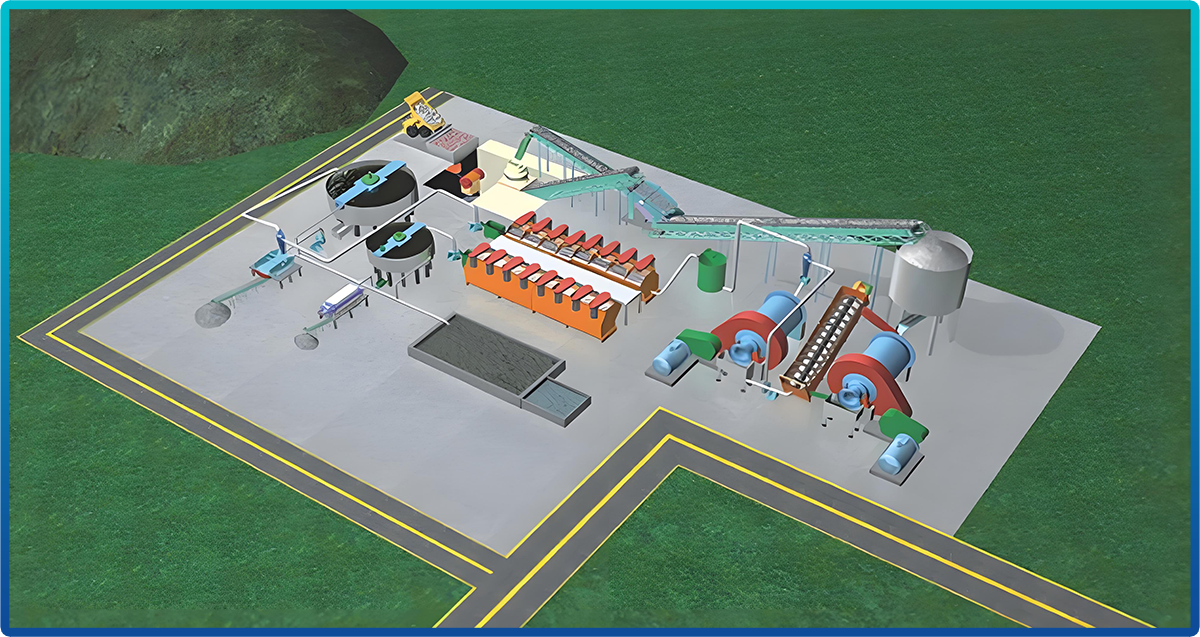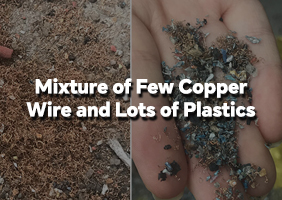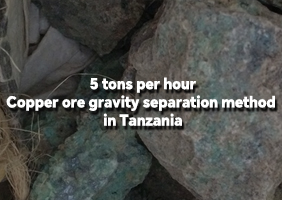1. Particle Size: Flotation efficiency and mineral recovery are influenced by both large (over 0.1mm) and small (under 0.006mm) ore particles.
2. Ore Slurry: Excessive ore slurry in flotation machines can negatively impact flotation cell mineral processing.
3. Flotation Reagents: The type, quantity, placement, and application method of flotation reagents, collectively known as the drug system or prescription, significantly affect flotation indicators. Ore dressing requires selectivity testing to determine optimal reagent types and quantities. In practice, dosing numbers, locations, and methods should be continually refined.
4. Slurry Density: While thicker slurry densities can benefit the flotation process, excessive thickness can hinder aeration and reduce quality and recovery. The appropriate slurry concentration should be determined based on ore characteristics and technical requirements.
5. Pulp pH: Pulp pH, representing the concentration of OH- and H+ ions, influences mineral flotation behavior. Different minerals have specific “floating” and “non-floating” pH values when using various flotation reagents. Controlling the critical pH enables effective mineral sorting, making pH regulation essential for flotation processes.
6. Flotation Time: Flotation time directly affects indicator quality. Excessive flotation time can reduce concentrate grade, while insufficient time can increase tailings grade. Experimental determination of optimal flotation time for different minerals is necessary.
7. Water Quality: Flotation water should be free of excessive suspended particles, soluble substances, and microorganisms that can interact with minerals or flotation reagents. This is particularly important when using recycled water, pit water, or lake water.
8. Pulp Temperature: While flotation typically occurs at room temperature, warming the slurry can sometimes improve sorting results. The need for heating should be determined on a case-by-case basis, with a preference for utilizing waste heat or exhaust gas when possible.






